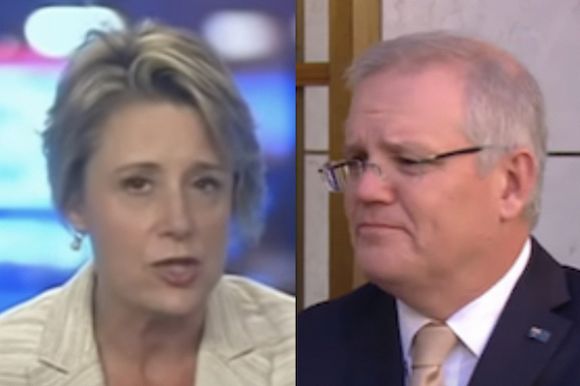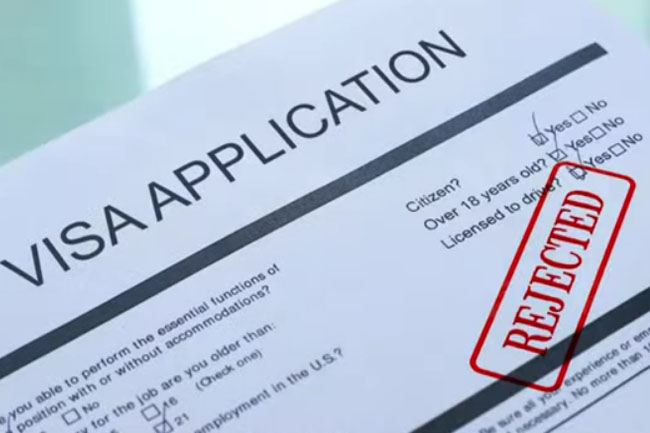It remains to be seen whether the Government's population forecasts over the next few years are accurate, writes Abul Rizvi.
THE 2020 BUDGET confirms that the population growth forecasts in the 2019 Budget were out by over one million during a period of just two to three years (to the end of 2022).
In April 2019, I wrote this article on why the population forecasts in the 2019 Budget were unreliable and were being used to underpin very rosy economic and budget assumptions. I followed that with another article in June 2020 where I called them a fantasy. And just prior to the 2020 Budget, I estimated the 2020 Budget would contain population forecasts that confirmed the 2019 Budget forecast were out by at least a million.
Two questions arise from this:
- How much of the population overestimate in the 2019 Budget was due to COVID-19 and how much to Treasury over-egging things to make the 2019 Budget position look good?
- Can we have confidence in the longer-term population forecasts in the 2020 Budget?
By changing the focus of the population forecasts in the 2020 Budget onto a financial year basis rather than the calendar year basis of the 2019 Budget forecasts, Treasury has made it more difficult to make comparisons. Some extrapolations have had to be made in the analysis below.

Chart one shows that overall population by end 2023 is forecast in the 2020 Budget to be 1.24 million less than forecast in the 2019 Budget (2023 is an extrapolation of 2022). But how much of this was due to a shortfall in natural increase and how much to a shortfall in net overseas migration.
Chart two shows that the contribution of natural increase to the shortfall was around 286,000. This was primarily driven by the forecast increase in Australia’s fertility rate to 1.9 births per woman by 2021 in the 2019 Budget no longer being supported in the 2020 Budget.
Despite suggestions by Treasury to the contrary, this difference has very little to do with COVID-19: Australia’s fertility rate had already fallen to 1.74 births per woman by 2018 and was on a steadily declining trajectory.

Treasury is now forecasting a faster decline in natural increase than the trend of recent years. This is plausible but makes the 2019 Budget forecast even more bizarre.
Longer-term, we can expect the contribution of natural increase to population growth to continue to decline as the annual number of deaths rises to over 200,000 per annum by 2027 (from a record-high 169,000 in 2019).
The increase in births falls due to lower fertility, an ageing population and to lower levels of net migration. Lower net overseas migration will itself accelerate both ageing and a lower number of annual births because of the age structure of migrants to Australia.

Lower net overseas migration is forecast to contribute 933,000 of the shortfall of 1.24 million (see chart three). But not all of this shortfall is due to covid.
The shortfall of 46,000 in 2019 itself was all pre-COVID-19. Net overseas migration was already declining and would have declined further in 2020 without the impact of COVID-19 due to major changes to immigration policy and a weak labour market.
On a pro-rata basis, Treasury is now forecasting net overseas migration in 2020 itself will be positive 41,250. The ABS preliminary estimate of net overseas migration for the March quarter of 2020 was 78,500. This means Treasury is forecasting net overseas migration for the other nine months will be negative 37,250.
Given net international movements for the period April to August 2020 is already negative 156,700, Treasury would be relying on the bulk of international movements in the April to August 2020 period being of a short-term nature and not impact net overseas migration.
Treasury may also be assuming there will be a surge of returning Australians in the October to December 2020 period who will mostly impact net overseas migration.
In my view, both of these expectations are improbable. COVID-19 has dramatically changed the propensity for international people movements to impact net overseas migration. For example, as there are now very few visitors, students, skilled temporary entrants and working holidaymakers entering the country, the stock of such visa holders in Australia is not being replenished.
As each month passes, the stock of temporary entry visa holders in Australia will on average have been living in Australia for longer than is usually the case.
Thus the average length of time temporary entrants have been in Australia has been lengthening since April 2020. By April 2021, almost 100 per cent of such visa holders in Australia will have been here for 12 months or more other than the small number who return to Australia within 12 months of leaving.
Consequently, on my calculations, a net overseas migration outcome in 2020 closer to zero or even negative would seem more likely.
The forecast of net overseas migration in 2021 of negative 46,600 is more plausible assuming:
- Australia opens up to international travel with New Zealand and a few other small nations in early 2021 but not to the rest of the world until early 2022;
- The overseas arrivals cap is increased from January 2021 to 40,000 per month rather than the new October cap of 25,000 per month with a substantial portion of the increase going to overseas students with a high propensity to remain in Australia long-term;
- The migration and humanitarian programs almost entirely (80 per cent plus) target people who are already in Australia in both 2020-21 and 2021-22; and
- The temporary suspension of the four year wait for social security is not extended beyond 31 December 2020.
The 2022 forecast of 37,150 is also plausible as net overseas migration will grow only very slowly with a weak economy and a weak labour market.
The forecast net overseas migration of 148,500 in 2023 and of 201,100 in 2023-24, in particular, are less plausible unless there is a very significant strengthening of the labour market as well as changes to immigration policy, particularly in respect of overseas students.
Abul Rizvi is an Independent Australia columnist and a former Deputy Secretary of the Department of Immigration, currently undertaking a PhD on Australia’s immigration policies. You can follow Abul on Twitter @RizviAbul.
Related Articles
- No certainty 2020-21 Migration and Humanitarian Programs will be delivered
- Thousands of registered migration agents to lose accreditation with new legislation
- What does the 2019-20 Migration Program outcome tell us about future migration?
- Prospects for Australia's overseas student program
- State governments favour migrants with jobs
 This work is licensed under a Creative Commons Attribution-NonCommercial-NoDerivs 3.0 Australia License
This work is licensed under a Creative Commons Attribution-NonCommercial-NoDerivs 3.0 Australia License
Support independent journalism Subscribe to IA.















